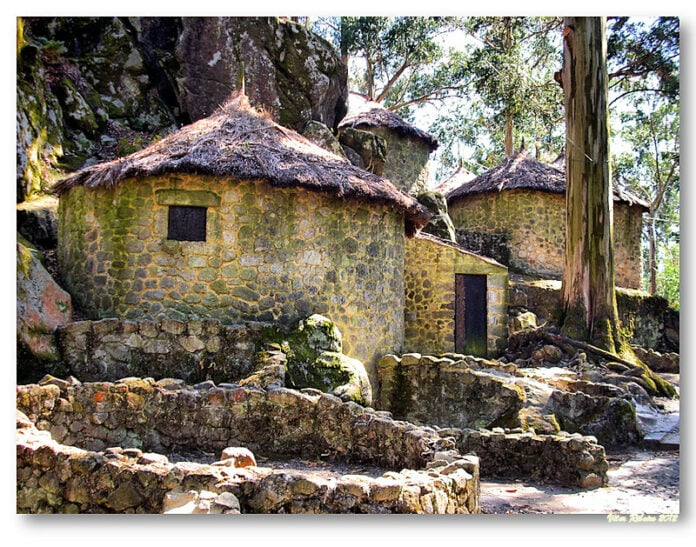Portugal’s long and layered past starts with megalithic stones and moves forward in time to Roman temples, Visigothic chapels, and medieval monasteries. These 12 buildings are the oldest structures still standing in Portugal, and we’ve ranked them from oldest to “youngest.” Join us on a journey through time as we visit the structures from Portugal’s ancient past that helped shape the country it is today.
1. Almendres Cromlech – Évora (c. 6000–3000 BCE)
Older than Stonehenge and one of the most significant megalithic sites in Europe, Almendres Cromlech is a collection of nearly 100 standing stones arranged in circular and elliptical formations in the Alentejo countryside. The site has a powerful, mystical energy and was thought to have been used for ceremonial or astronomical purposes by Neolithic communities. Located just outside Évora, the stones are best visited at sunrise or sunset when the light enhances their timeless presence. There’s no entrance fee, and the peaceful setting adds to its allure. We encourage you to visit on your next trip to Portugal.

2. Anta Grande do Zambujeiro – Évora (c. 4000–3000 BCE)
Not far from Almendres stands another prehistoric wonder: the Anta Grande do Zambujeiro, the largest known dolmen (megalithic tomb) in Portugal. Standing over 6 meters tall, the massive capstone rests on upright slabs that form a long chamber where ancient elites were buried over 5,000 years ago. A dirt path leads you to the site through fields dotted with cork oaks and olive trees. Though the chamber is now fenced off to preserve it, you can still admire this astonishing feat of Neolithic engineering up close.
3. Castro de São Lourenço – Esposende (c. 800 BCE)
This Iron Age hillfort in northern Portugal dates back to at least the 8th century BCE and was later used by Romans and early medieval settlers. The Castro de São Lourenço includes remnants of stone houses, circular dwellings, and defensive walls located in a forest above the town of Esposende. It’s a place where you can physically walk through layers of civilization. Interpretive panels explain the site’s development, and the panoramic views of the Atlantic coast are stunning, especially at sunset.
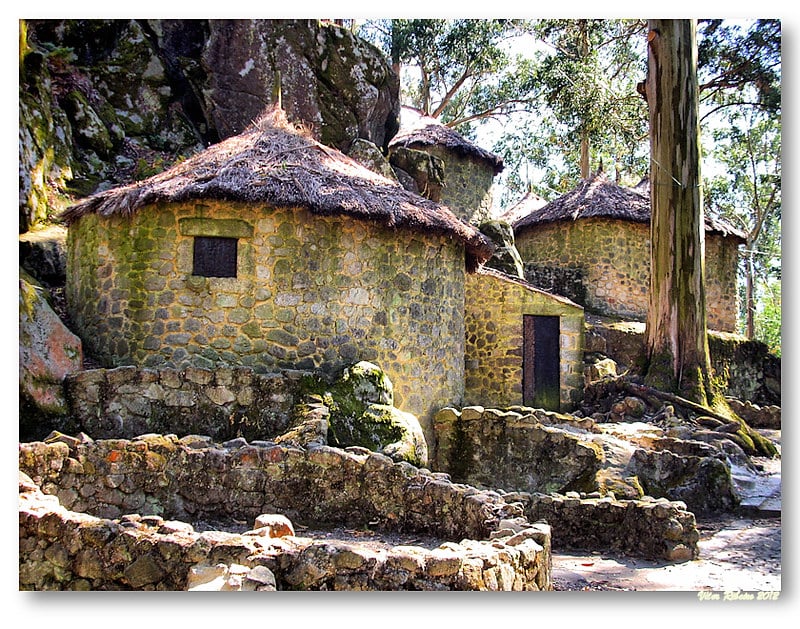
4. Roman Temple of Évora (Templo de Diana) – Évora (1st century CE)
The Templo de Diana, as it’s commonly called, is one of the best-preserved Roman monuments in the Iberian Peninsula. Built in the 1st century CE and likely dedicated to Emperor Augustus, this temple dominates a square in Évora’s historic center. Its elegant Corinthian columns have withstood invasions, repurposing, and the effects of erosion over two millennia. A popular spot for photographs, it’s also within walking distance of Évora’s Roman baths and aqueduct, which makes it an ideal stop for history lovers.
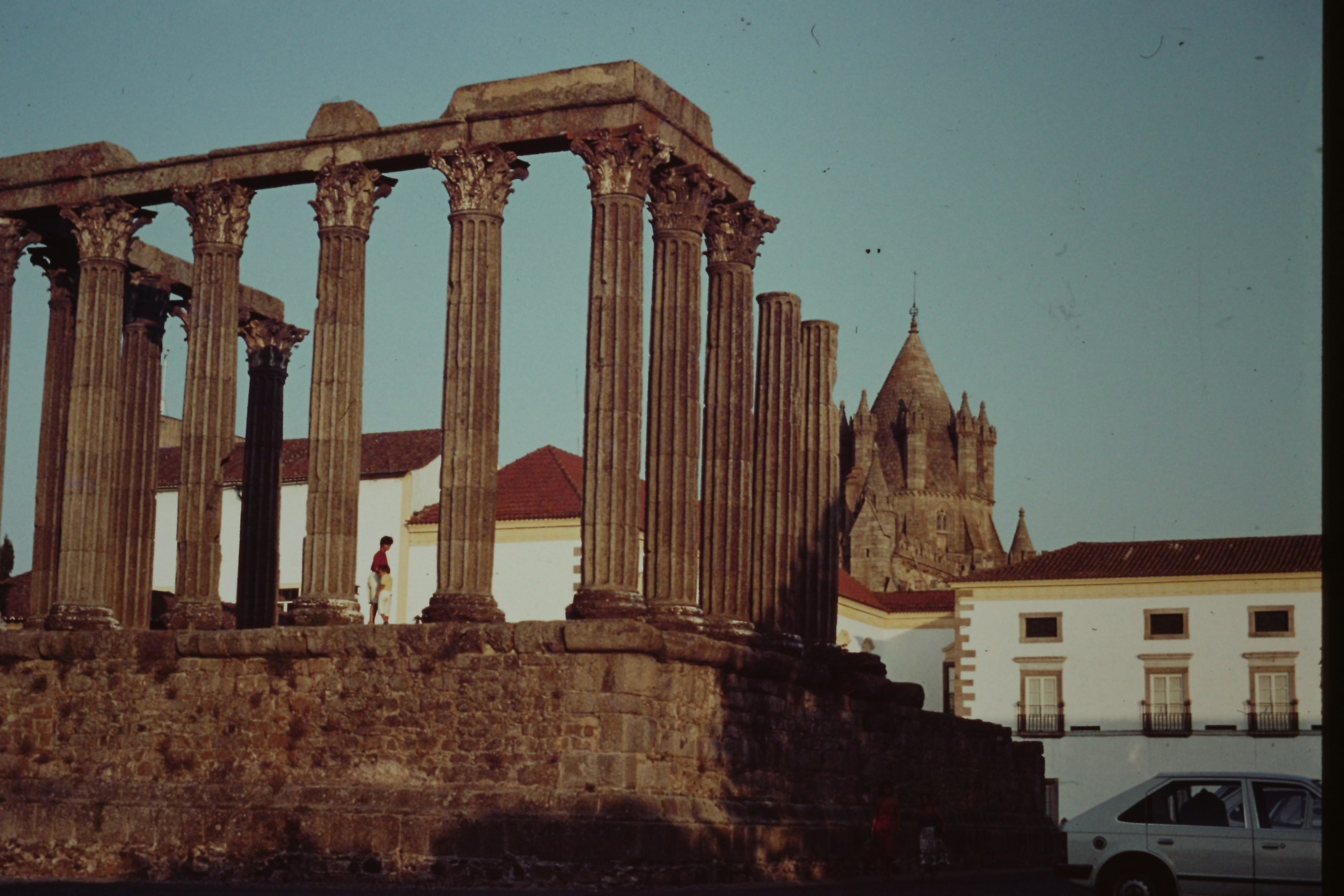
5. Conímbriga Roman Ruins – near Coimbra (1st–4th centuries CE)
The ancient city of Conímbriga offers the most extensive and immersive Roman site in Portugal. Its grand villas, paved streets, forum, and exquisite mosaics make it a fascinating place to explore. The highlight is the House of Fountains, a partially restored mansion where running water and decorative mosaics showcase Roman luxury. The on-site museum houses many artifacts, including statues, coins, and tools. It’s an ideal half-day trip from Coimbra.

6. Villa Romana do Rabaçal – Penela (4th century CE)
Less known than Conímbriga but equally impressive is the Villa Romana do Rabaçal, located in the municipality of Penela. Dating all the way back to the 4th century CE, the site features the remains of a Roman rural estate including colorful mosaic floors with unique geometrical designs. The villa’s layout and agricultural tools provide insight into daily Roman life in Lusitania, and you can also take a guided tour and visit the interpretation center.
7. Igreja de São Frutuoso de Montélios – Braga (c. 656 CE)
One of the few remaining examples of Visigothic architecture in Portugal, the Church of São Frutuoso was built in the 7th century and modeled after Byzantine and Mozarabic styles. The church’s cross-shaped layout and horseshoe arches reflect the blending of cultures in early medieval Iberia. Although small, it holds enormous historical significance and is part of a larger convent complex just outside Braga. Guided visits explain its context and show the layers of restoration that preserved its rare early-Christian features.
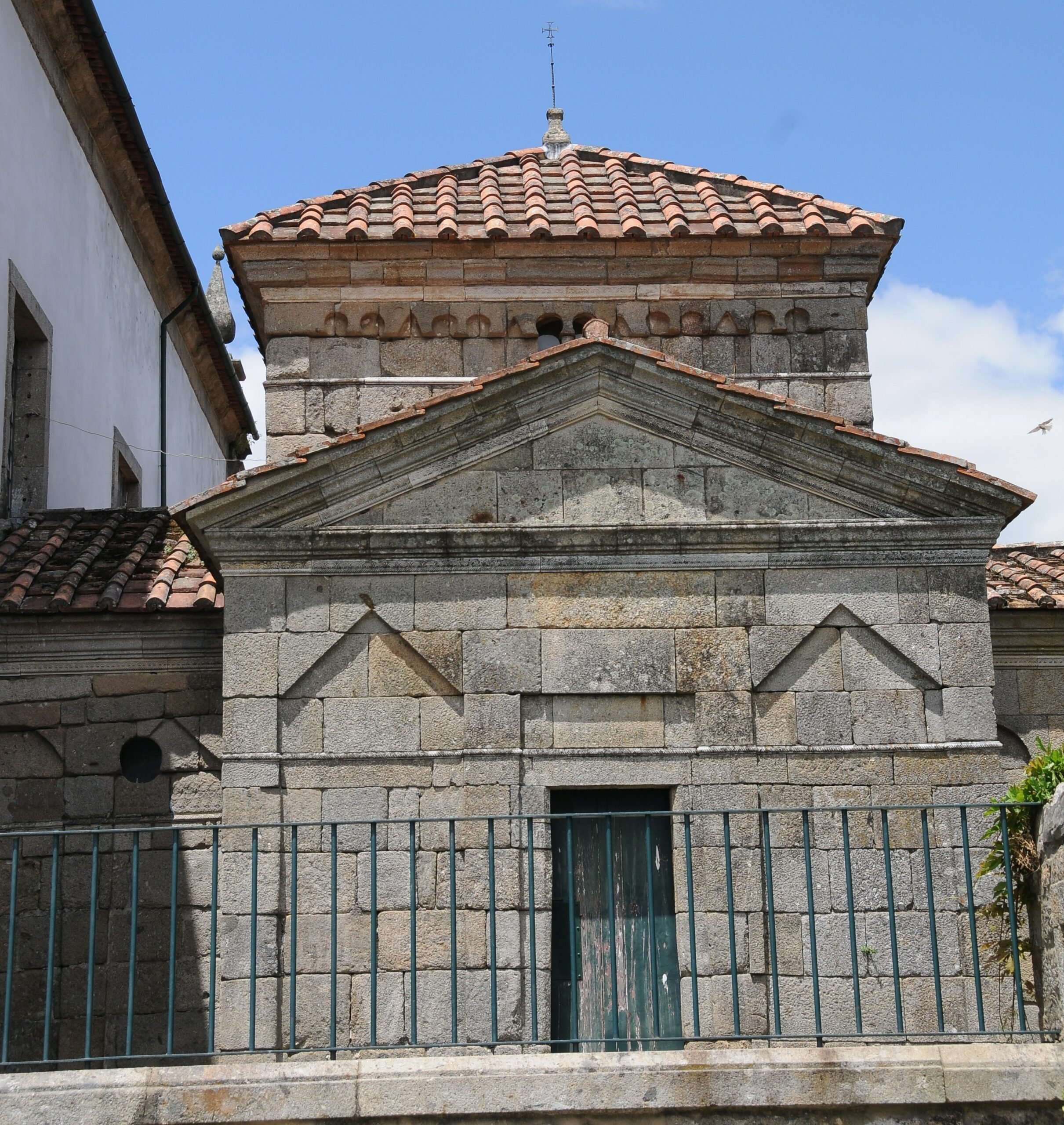
8. Sé de Braga (Braga Cathedral) – Braga (1070s CE)
Founded in the 11th century and finished well before Portugal’s independence, Braga Cathedral is the country’s oldest. It marks the dawn of Romanesque architecture in Portugal and evolved over time with Gothic, Manueline, and Baroque additions. Inside are the tombs of Count Henry and Dona Teresa, the parents of the first Portuguese king. The Treasury Museum showcases ornate religious artifacts including a 14th-century silver altarpiece. Still an active religious site, the Sé offers concerts, services, and access to its twin organ lofts.

9. Monastery of Santa Cruz – Coimbra (1131 CE)
Founded even before Portugal became a kingdom, the Monastery of Santa Cruz is a stunning Romanesque complex that played a key role in the formation of the nation. It served as the burial place of the first two kings of Portugal and was a center of intellectual and religious life. The interior features Manueline architecture, royal tombs, and a beautiful cloister. It’s also conveniently located in the heart of Coimbra, making it easy to combine with visits to the nearby university and historic downtown.
10. Castle of the Moors – Sintra (8th–9th centuries, rebuilt 12th century)
Though originally constructed by the Moors in the 8th or 9th century, the Castle of the Moors was expanded and rebuilt after Sintra’s reconquest in 1147. Today, the fortress walls wind dramatically along the Sintra hills and offer some of the best views in Portugal. Visitors can climb its towers, explore its cisterns, and marvel at the strategic genius of its builders. Restoration in the 19th century preserved the romantic ruin aesthetic that makes this castle feel like something from a fairytale.

11. Sé de Lisboa (Lisbon Cathedral) – Lisbon (1147 CE)
Built after Lisbon’s reconquest from the Moors, the Sé de Lisboa is a Romanesque cathedral with Gothic and Baroque additions. Located in the Alfama district, it was constructed on the site of a former mosque, embodying Lisbon’s layered cultural past. Visitors can tour the nave, the cloisters (which reveal earlier Roman and Islamic ruins), and the treasury. The cathedral’s twin towers and massive stone façade give it a fortress-like appearance, and it’s especially striking when bathed in late afternoon light.
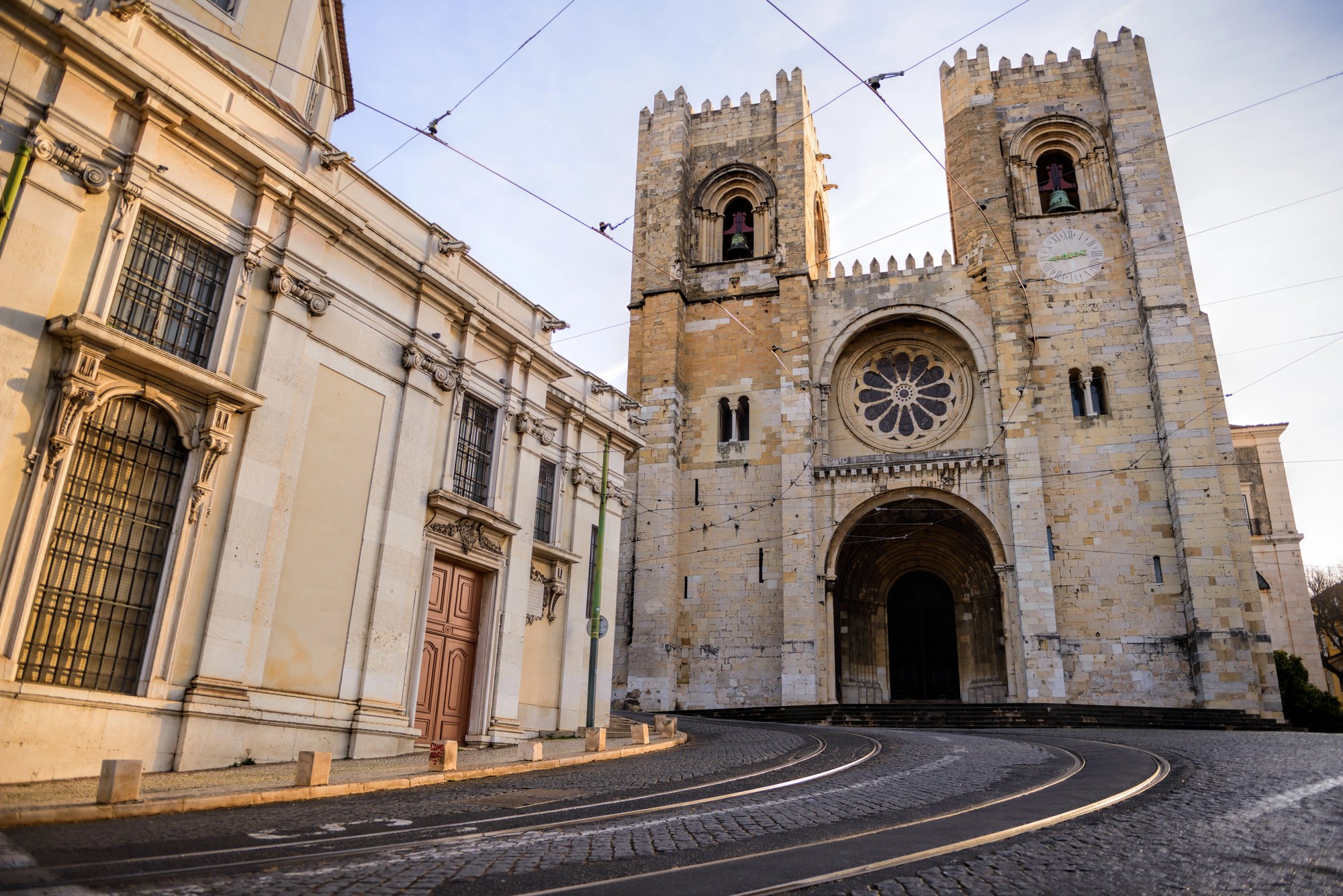
12. Monastery of Alcobaça – Alcobaça (1178 CE)
Founded by Cistercian monks in the late 12th century, Alcobaça Monastery is one of Portugal’s greatest architectural and historical treasures. A UNESCO World Heritage Site, it boasts the largest Gothic church in the country and the romantic tombs of Pedro and Inês, carved with exquisite detail. The monastery’s refectory, dormitory, and vast kitchen are open to the public and reveal the disciplined, agricultural lifestyle of the Cistercians. This is truly a must-visit place in Portugal.
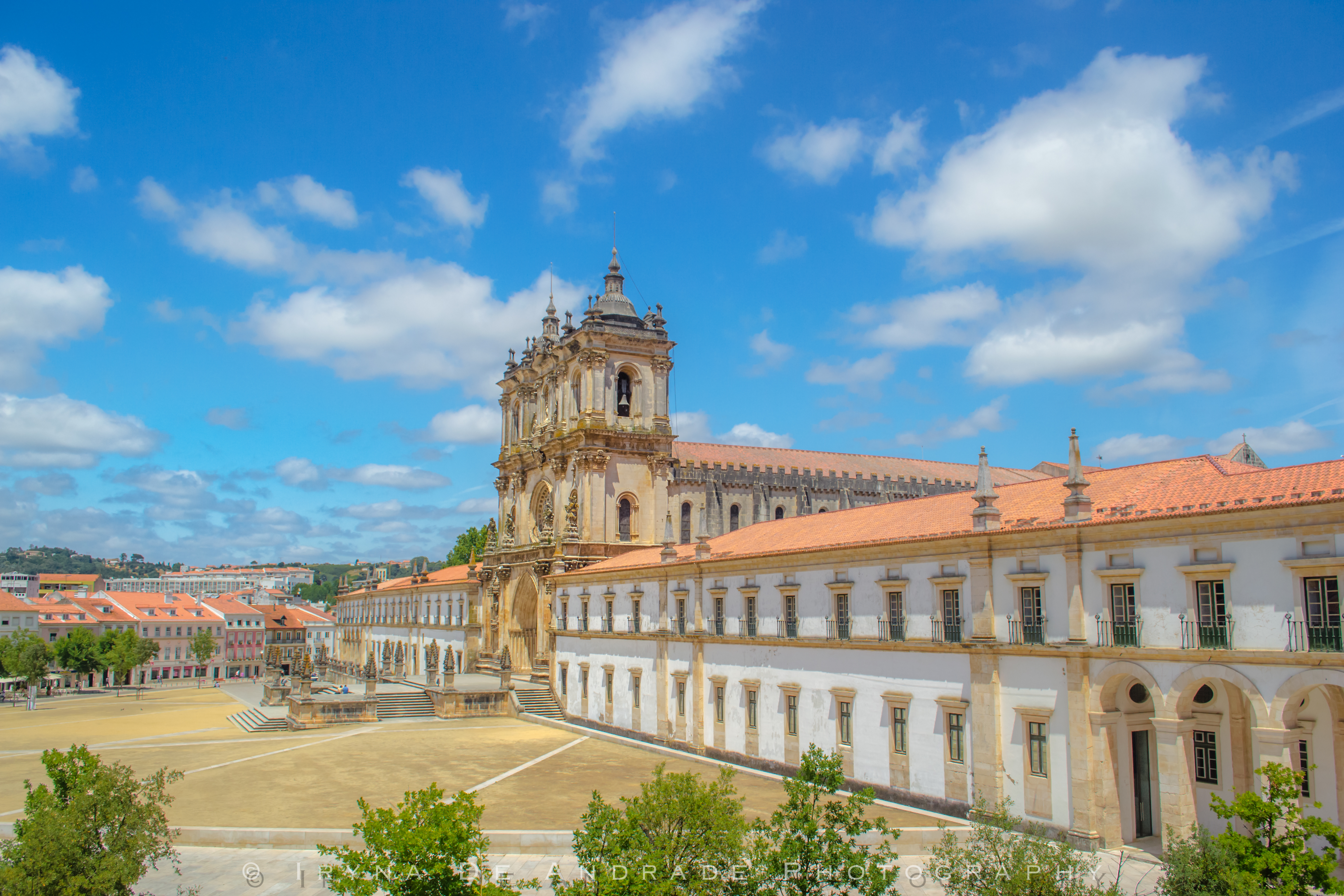
Final Thoughts
These 12 structures rank among the oldest in Portugal and are ready for you to marvel at in person. When you gaze at the stars from Almendres or whisper to the ghosts of kings in Alcobaça, you’re experiencing the richness of time itself – a journey only Portugal can offer. Which place would you like to visit first? Let us know in the comments!

